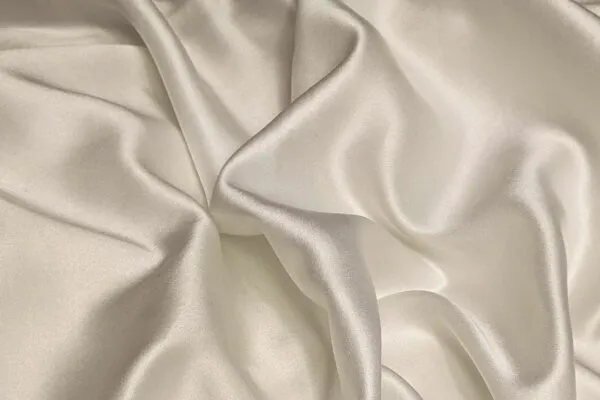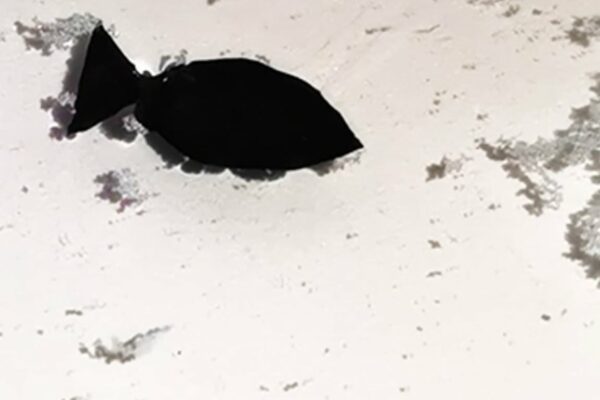Scientists Track the Ocean Movement of Deadly Microplastics Using NASA’s Satellite
A new technique will be implemented by the scientists from the University of Michigan, who have developed an innovative way to use a NASA satellite to collect information and track ocean microplastics.
Microplastics are formed when plastic waste breaks down from ocean waves and sunlight. It can be quite harmful to marine organisms and ecosystems. Till now, the main source of information on microplastics has been the fisher boat trawlers that unintentionally catch a lot of microplastics in different areas.
According to NASA, this new advanced technique is being used to collect information from the Cyclone Global Navigation Satellite System (CYGNSS) – a group of eight small satellites that usually provides information regarding hurricane strength and wind speeds. These satellites will help detect microplastics in smoother waters.
Researchers have reported the microplastics concentration across the world, which varies from season to season. It was found that the peak months of the Great Pacific Garbage Patch are June and July.

Scientists have developed an innovative way to use a NASA satellite to collect information and track the ocean microplastics | Image: Ecotextile News
Some areas like the Great Pacific Garbage Patch are located in convergence zones of the ocean currents, which push the microplastics in these oceanic areas to one place.
Places like Southern Hemisphere experience a high concentration of microplastics during the summer months. But during the winter, the ocean currents break the collection and push the microplastics vertically, deeper in the ocean.
There is a huge need to break down the microplastics before they get out of reach. The team has planned to talk with Dutch-based The Ocean Cleanup to verify the findings and has collaborated with UNESCO to suggest ways to release microbes that are engineered to decompose the microplastics in the water.
Via: Tech2


